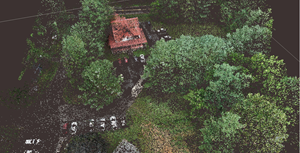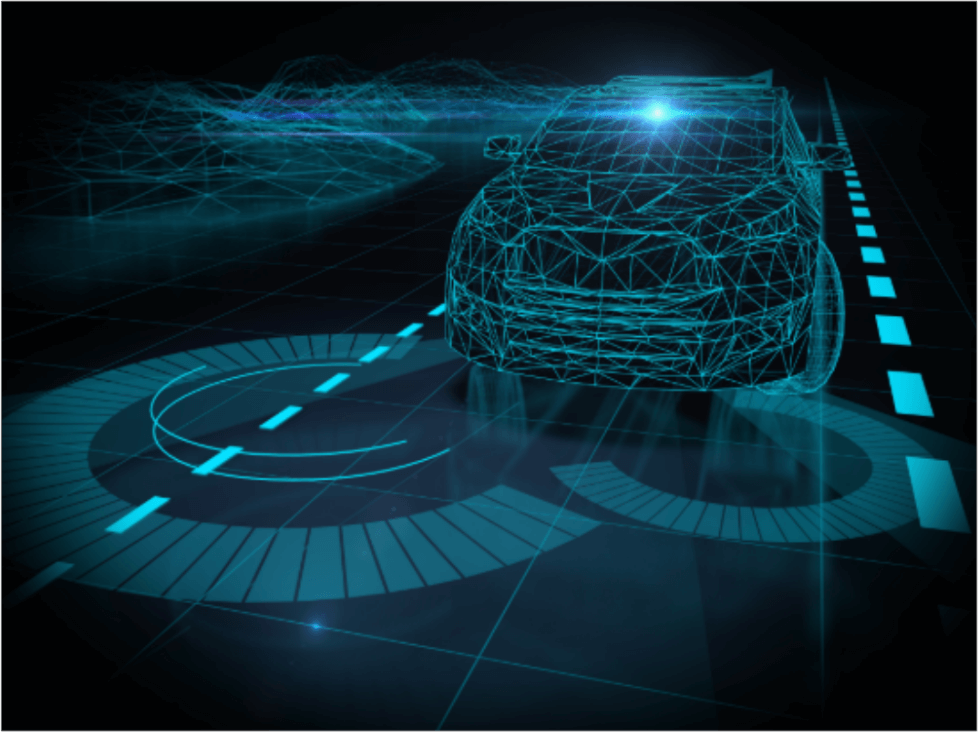Understanding The Magnetometer
Magnetometers measure the direction, strength, or relative change of a magnetic field at a particular location. (1) Though phonetically complex, magnetometers can be common devices used in everyday life such as compasses and metal detectors. In general, there are two basic types of survey magnetometers: vector and scalar magnetometers. Vector magnetometers measure magnitude and direction of a magnetic field. Alternatively, scalar magnetometers measure the absolute or vector magnetic field, using an internal calibration or known physical constants of the magnetic sensor.





